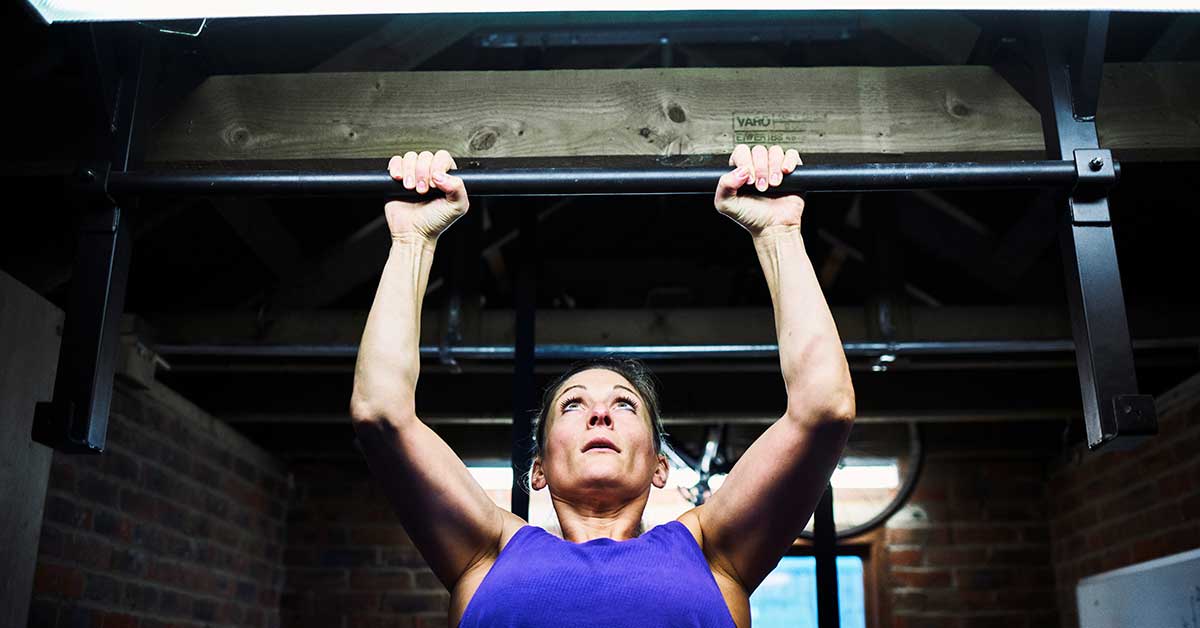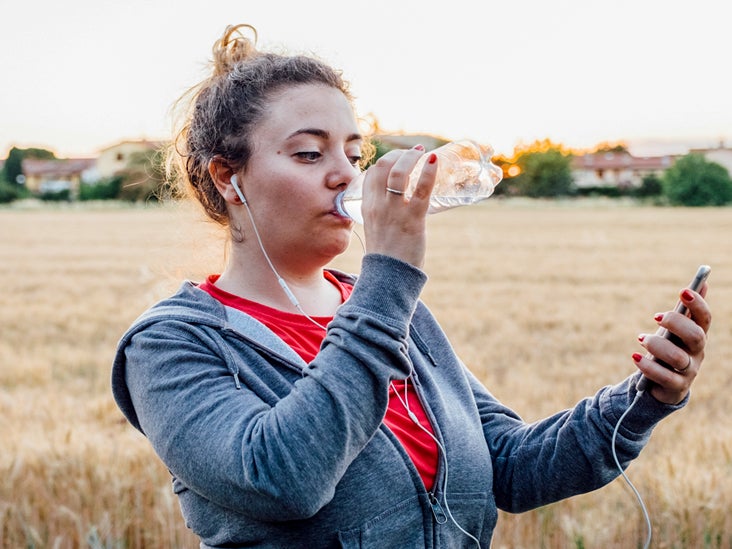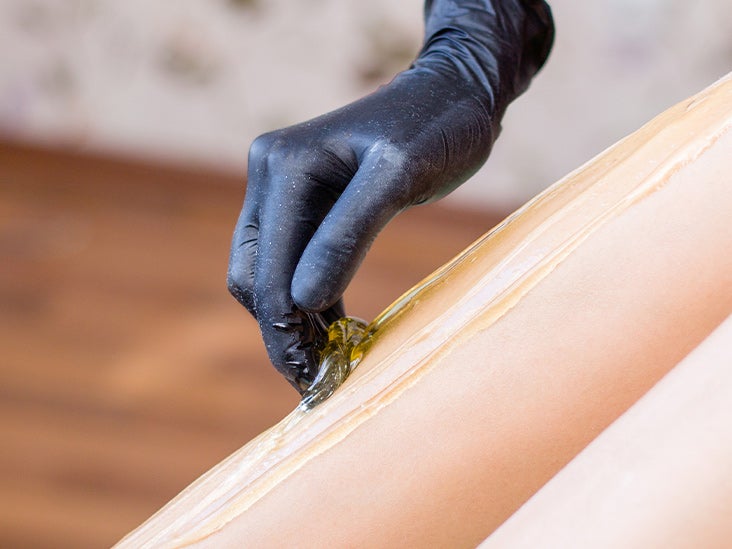Best Exercises for Golfer's Elbow: Plus Treatment and Prevention Tips
Healthline and our partners may receive a portion of revenues if you make a purchase using a link on this page.
Golfer's elbow, known as medial epicondylitis, causes pain, inflammation, and tenderness in the muscles on the inside of the elbow and the forearm.
It's the result of overuse or general wear and tear of the tendons, bones, and muscles in this area, which are used for grasping and wrist flexion.
Activities that require repetitive gripping motions, such as throwing, rock climbing, racket sports, or weight training, can often lead to golfer's elbow.
We've compiled five of the best exercises to help you recover from this injury. These exercises will increase blood flow, relieve pain, and reduce inflammation in your elbow and forearm muscles. They'll also help stretch and strengthen these tendons.
Keep reading to learn how and when to do these exercises, as well as recommendations for preventing and treating golfer's elbow.
To build strength, prevent and relieve pain, and increase flexibility, do the following exercises two times per day.
Build up gently and gradually over time. Do these exercises before and after any activity that causes stress or strain. Be gentle and don't force any of the movements.
You may experience sensations, aches, and slight discomfort while doing these exercises, but it shouldn't go beyond that.
If you experience pain or any of your symptoms worsen, stop doing the exercises. Give yourself time to rest completely, and if you don't see an improvement in a few days, talk to your doctor.
Keep your body still throughout this exercise.
- While seated, place your affected forearm on a table or the arm of a chair with your palm facing down.
- Place your opposite hand on the back of your affected hand.
- Press your affected hand up, using your opposite hand to create resistance by pressing down.
- Continue for 10 seconds, slowly increasing the resistance.
- Gently release. Do 15 reps.
 Share on Pinterest
Share on PinterestKeep your body still while doing this exercise.
- While seated, rest your affected forearm on a table or the arm of a chair with your palm facing up.
- Press your opposite palm into your affected hand.
- Press your affected hand upwards as you use your opposite hand to create resistance by pressing down.
- Continue for 10 seconds, slowly increasing the resistance.
- Gently release. Do 15 reps.
While seated, hold a weight with your affected arm.
- Place your forearm on a table or the arm of a chair with your hand hanging over the edge and your palm facing down.
- Slowly lower your hand down before raising it back to the original position.
- Do 1–3 sets of 15 reps.
While seated, hold a weight with your affected arm.
- Place your forearm on a table or the arm of a chair with your hand hanging over the edge and your palm facing up.
- Slowly lower your hand down before raising it back to the original position.
- Do 1–3 sets of 15 reps.
You will feel this stretch in the underside of your forearm.
- Extend your affected arm in front of you with your fingers and palm facing up.
- Use your opposite hand to gently pull your fingers and wrist down toward your body.
- Hold this stretch for 30 seconds.
- Do 2–5 reps.
To prevent golfer's elbow, there are a number of things you can try, including:
- working on strengthening your forearm muscles with light weightlifting or by squeezing a tennis ball for five minutes at a time
- changing your technique and slowing down your golf swing to allow your arm to absorb less shock
- using proper form to avoid overloading your muscles
- using lighter graphite clubs in place of heavier golfing irons
- staying hydrated by drinking plenty of water before, during, and after your golf game
One of the best prevention methods is to warm up before you golf. This gets your blood flowing and raises your muscle temperature, preparing your body for more intense activity. Stretch your shoulders, arm, and back before each session.
If you're already experiencing pain, you could try wearing a counterforce brace or splint. These devices help distribute the tension throughout the tendon and muscle instead of directly over the injury site. You can also try using a compression bandage.
You can find counterforce braces and compression bandages for golfer's elbow online or at your local pharmacy or sports shop.
These simple home remedies can ease symptoms during a flare-up and prevent them from recurring.
Rest
Rest for a few days when your symptoms are severe. Take a break from any movements that cause pain. If you must do them for a job, modify or adjust the movements as much as you're able. To prevent swelling, elevate your elbow above your heart.
Heat and ice treatment
Use a heating pad or ice pack on the affected area. Wrap it in a towel to avoid making direct contact with your skin. Do this for 10 to 15 minutes at a time every few hours.
In addition to homemade heat and cold treatments, you can find heating pads and ice packs online and at your local pharmacy.
Pain relief
Take acetaminophen or nonsteroidal anti-inflammatory drugs (NSAIDs) to relieve pain. Take them before the pain becomes intense or severe. Always stay within the recommended dosage and don't take pain relievers for more than 10 days.
Natural options for pain relief include turmeric, willow bark, and cloves.
Book a session
Give yourself a little TLC. If you can, schedule appointments for acupuncture, massage, or Rolfing. Continue with the sessions even if your symptoms improve.
Ergonomics
If you have pain due to how you sit at your desk or from lifting or carrying heavy objects or bags, change your positioning and posture to allow for proper movement.
Elbow pain will usually get better within a few days. Talk to your doctor if your pain is recurring or doesn't improve over time. They can give you an examination, provide a diagnosis, and suggest treatment plans.
Treatments may include cortisone or platelet-rich plasma (PRP) injections or physical therapy.
Less common cases will require a surgery known as open medial epicondylar release procedure. This will involve removing damaged tissues from the elbow.
You should also see a doctor if you have symptoms more serious than general pain and stiffness. These symptoms include:
- tingling
- numbness
- weakness
- swelling
- fever
- redness
- immobility of the arm
- deformity
The simple and effective exercises above can help you manage the symptoms of golfer's elbow as soon as they arise. You can do these a few times per day.
There are also a number of home remedies and prevention recommendations to prevent your condition from worsening.
In addition, follow a healthy diet, get plenty of rest, and exercise a few times per week. Your symptoms should subside within two weeks of treatment. If you don't see improvement after this time, see your doctor.
-
 6 interesting genetic traits that children will inherit from their parents
6 interesting genetic traits that children will inherit from their parents
-
 7 effects of asparagus on child development
7 effects of asparagus on child development
-
 Does cutting blood hair for babies bring good luck?
Does cutting blood hair for babies bring good luck?
-
 The more babies eat, the higher the height they develop, especially the second kind
The more babies eat, the higher the height they develop, especially the second kind
-
 Children with chicken pox should eat to quickly recover from the disease, without leaving a deep scar?
Children with chicken pox should eat to quickly recover from the disease, without leaving a deep scar?
-
 The more food is cooked, the better it can be for health, especially the second type
The more food is cooked, the better it can be for health, especially the second type
-
 Pronated Grip: Benefits for Pullups, Bicep Curls, and More
Pronated Grip: Benefits for Pullups, Bicep Curls, and More
-
 Old Hands: Causes, Prevention, and Treatment
Old Hands: Causes, Prevention, and Treatment
-
 How Often Should You Change Your Sheets? Plus, Why It Matters
How Often Should You Change Your Sheets? Plus, Why It Matters
-
 Wrist Flexion: What's Normal, What's Not and Exercises to Improve It
Wrist Flexion: What's Normal, What's Not and Exercises to Improve It
-
 Muscle Relaxers and Alcohol: Why They Don't Mix
Muscle Relaxers and Alcohol: Why They Don't Mix
-
 Honey Wax: DIY Natural Hair Removal
Honey Wax: DIY Natural Hair Removal































